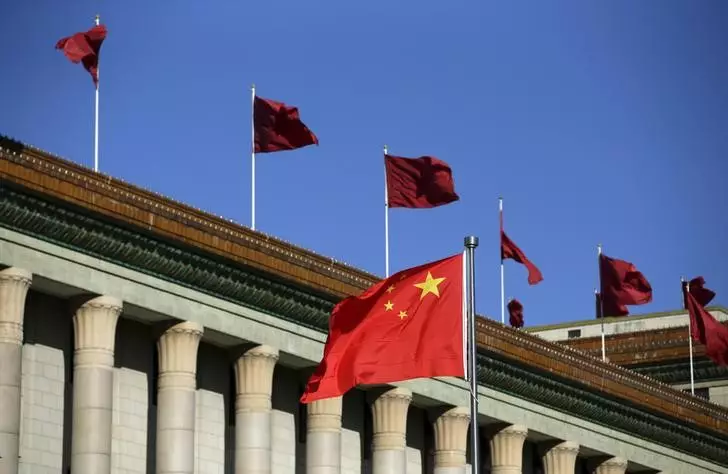The Chinese economy currently stands at a crossroads, facing the dual challenges of slowing growth and persistent structural issues. The recent stimulus package unveiled in September 2024 has prompted discussions among economists and analysts, hoping to ascertain whether these measures will catalyze significant recovery or merely serve as a temporary relief for the country’s financial concerns.
At the center of the new economic strategy is a blend of financial maneuvers aimed at rejuvenating the economy while stabilizing the financial market. The People’s Bank of China (PBoC) is leading these efforts with five critical components. A 50-basis-point reduction in the Reserve Requirement Ratio (RRR) for banks is designed to facilitate greater liquidity within the banking system. This action, paired with a 20-basis-point cut to the 7-day reverse repo rate, is projected to lessen borrowing costs. By making loans cheaper, the scheme aims to influence the Loan Prime Rate and the Medium-term Lending Facility, potentially encouraging borrowing for investment and consumption.
Another significant aspect is the reduction of mortgage rates by 50 basis points, coupled with lowered down-payment requirements for secondary home purchases. This is intended not only to stimulate activity in the beleaguered housing market but also to provide some immediate fiscal relief to households grappling with high living costs. Furthermore, the PBoC is allocating a substantial RMB 800 billion to support equity purchases by securities firms and public companies, which seeks to prop up a volatile stock market. Finally, financing has been extended to state-owned enterprises to convert unsold residential units into rental properties, thereby addressing issues within the property sector.
Analysts’ Reservations
Despite the ambitious nature of these policies, economists from BCA Research present a starkly contrasting perspective. They argue that while the stimulus touches on several important areas, it fails to confront the underlying structural complexities at play in the domestic economy. For example, the projected relief from lower mortgage rates, amounting to only about RMB 150 billion annually, represents an insignificant 0.3% boost to overall personal consumption. This minimal impact raises doubts about consumers’ ability to increase spending, particularly amidst deteriorating job market conditions and stagnant wage growth.
While the liquidity enhancements driven by the RRR reduction might statistically improve the banking environment, the genuine problem lies in the tepid demand for loans. As deflationary pressures linger and the prime lending rate hovers around 5%, even slight decreases in borrowing costs may do little to inspire new borrowing from wary households and businesses. Compounding these concerns is the continued decline in property values, which heavily weighs on consumer confidence—discouraging investments and spending.
Local Government Constraints
The role of local governments in stimulating economic growth also cannot be overlooked. As anti-corruption measures have escalated, local officials face increasing scrutiny, leading to an overall hesitance regarding new infrastructure investments and borrowing. Historically, local government spending has played a vital role in economic stimulation, especially amidst downturns; however, this phenomenon is stymied by the current overarching atmosphere of caution.
BCA analysts underscore that without significant local government expenditure or proactive financial projects, the traditional levers for economic advancement remain largely dormant. This scenario plunges the economy deeper into a labyrinth of challenges characterized by “debt deflation” and what they have coined a “balance sheet recession.” According to BCA, this economic malaise demands more radical intervention strategies, including comprehensive quantitative easing targeting the housing sector and direct fiscal transfers to households to enhance their economic agency.
The recent stimulus package, while an ostensibly proactive step, appears to be too fragmented to coalesce into a robust recovery strategy for China’s economy. A cohesive and aggressive approach, addressing deep-rooted financial and structural challenges, is imperative. The ongoing discussions and evaluations underscore the cautious stance that investors must adopt as they navigate the choppy waters of the current market climate.
In essence, the potential for a short-term boost, particularly in onshore Chinese equities, may exist, yet the broader landscape remains clouded by uncertainties stemming from geopolitical tensions and global economic conditions. For those involved in investment decisions, BCA advocates a balanced perspective on offshore Chinese stocks and suggests caution against extravagant long positions, particularly given the volatility that may ensue if global markets experience a downturn.
While the recent stimulus may provide some temporary supports, the systemic issues facing the Chinese economy demand more comprehensive solutions if a sustainable recovery is to be realized.

